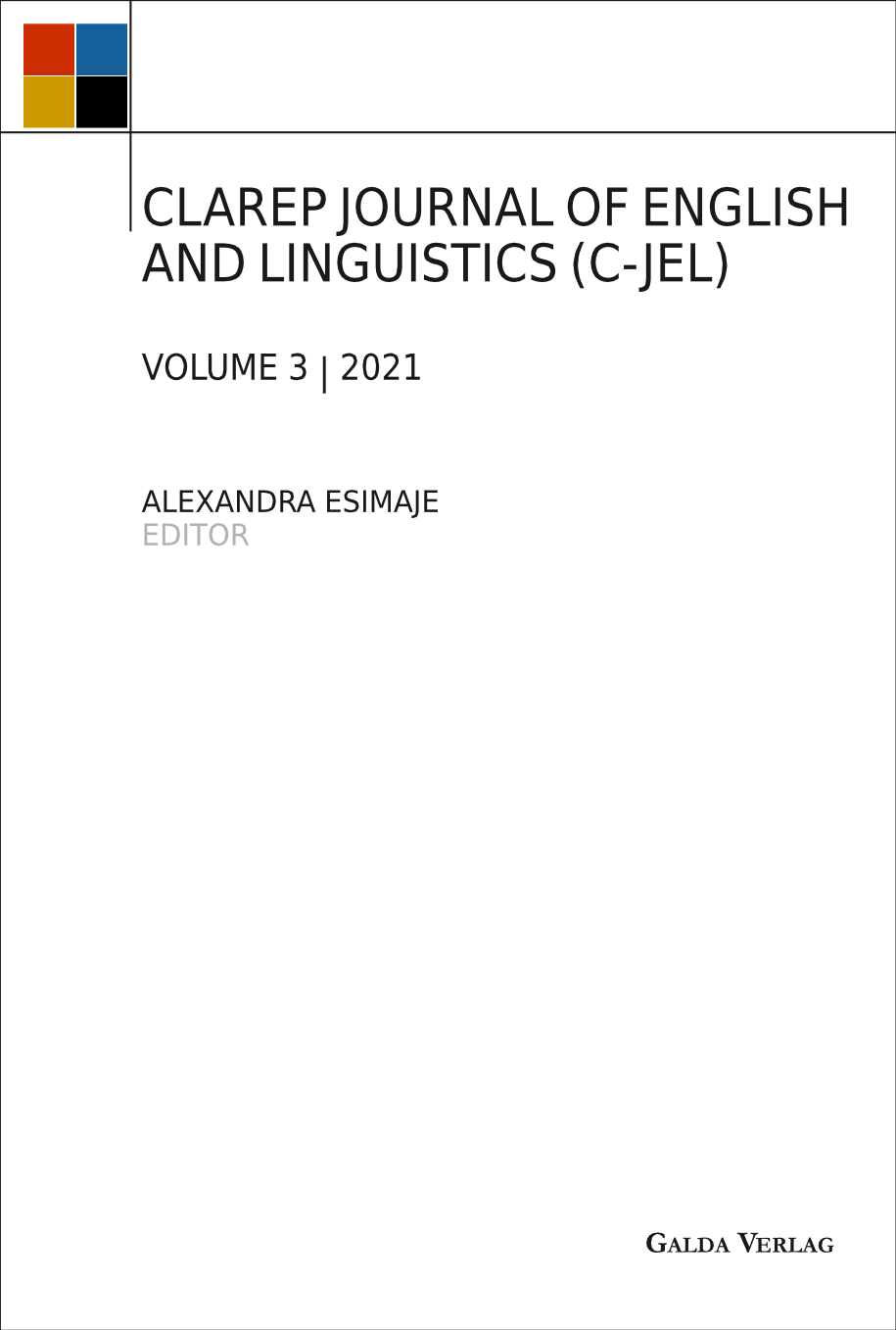Grammatical Forms for What?: An Experimental Investigation of the Teaching of the English Lexical Verb in a Nigerian University
CLAREP Journal of English and Linguistics (C-JEL)
Author: Destiny Idegbekwe
Institution: University of Africa, Toru-Nigeria
Email: Idegbedest@gmail.com
Abstract
Focusing on grammatical rules and structures is deeply rooted in the prescriptive tradition which held sway for many years. The world has since moved from the prescriptive teaching methods to a more descriptive and functional method that focuses on meaning and communication. This movement has, however, not been well felt in the teaching of ESL (both in curriculum and practice) in Nigeria. This study takes up an experimental investigation of teaching the English lexical verb to two sets of learners – the experimental and controlled group to prove that the descriptive method of teaching grammar is more productive than the prescriptive method. Two groups of first year undergraduates, one from the Faculty of Arts and Education and the other from the Faculty of Basic and Applied Sciences of the University of Africa, Toru-Orua, Bayelsa State, Nigeria formed the study groups. The first group, the experimental, was taught with Larsen-Freeman’s (2016) three dimensional grammatical model while the second, the controlled, was taught with the traditional teaching method. The study used the Independent t-Test as the statistical tool to determine the differences in the two pedagogical methods. The study reveals among others that grammatical forms and structures are not there in isolation but for the purposes of communication. The study concludes that the tripod approach of form, meaning and use to grammar is a more illuminating method of teaching grammar in an ESL context compared to the traditional method of focusing on forms on the basis of the learners’ high level of performance to specific grammar tasks and related language use.
Keywords
ESL, traditional grammar, descriptive grammar, lexical verbs, three-dimensional grammar
Pages: 177-195
ISSN: 2698-654-X
ISBN: 978-3-96203-205-0 (Print)
ISBN: 978-3-96203-206-7 (PDF)
DOI: https://doi.org/10.56907/gwy7qpxd

